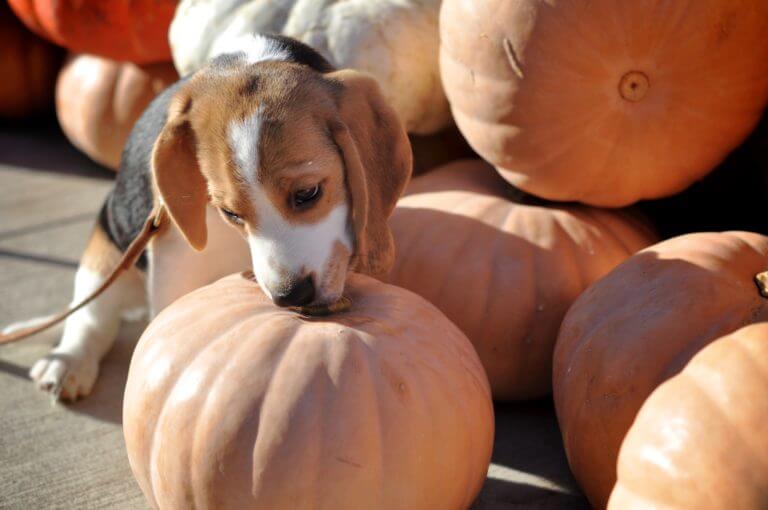It’s not winter just yet, but the seasons are changing and the coldest months of the year are just around the corner. Don’t wait until the first snow falls to know the best methods to protect your furry friend from the elements! Preparation is key to ensure that the transition from fall to winter is smooth sailing for you and your dog.
Know their coat. Some breeds naturally have winter coats, like Siberian Huskies and Saint Bernards, and don’t need an extra layer of protection on their bodies during colder weather. However, there are quite a few breeds that would benefit from having extra protection from the elements, such as Chihuahuas and Greyhounds. If your pup requires a dog coat, invest in a quality product that will get the job done. Shop ahead of time to avoid being caught off guard when a cold day comes out of nowhere. If you’re not sure about what the needs of your breed are, do some thorough research to make sure your pets will thrive this winter!
Paw patrol. There are plenty of silly videos on the internet of dogs in their winter booties, walking like a newborn baby deer, that you can count on for a good laugh. Despite their silliness at first, they’ve got the right idea. Paw protection is vital as the weather changes! Booties are a simple solution. However, for those who have pickier pets (who may refuse to wear them), trimming paw hair regularly also helps prevent paws from getting too cold. Find a dog-safe method for moisturizing paw pads to help ease any dryness that the cold may cause – to start, check out our past blog with a DIY paw balm recipe!
Recognize the signals that they are cold. It’s hard to say “no” to your pup that wants to play outside in chilly weather, but it’s important to be aware that they CAN get too cold on a walk or backyard zoomies session.There are multiple ways that our dogs can communicate that they need some warming up. Just like humans, dogs shake and shiver when they are cold! Although this is the easiest sign to recognize, there are also more subtle signs to look out for, such as hunched posture, lifting paws off the ground, tense or anxious behavior, or whining and barking more than usual.
More information on symptoms of being cold and hypothermia in dogs: https://ontariospca.ca/blog/cool-test-how-to-tell-if-your-dog-is-too-cold/
Thank you for the resourceful information, https://barkpost.com/life/winter-proof-your-dog/





